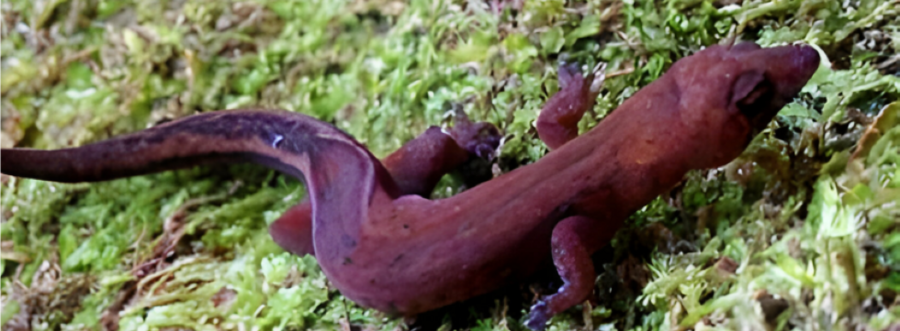
A new dwarf gecko of the genus Pseudogonatodes (Squamata: Sphaerodactylidae) from the eastern slope of the Andean Cordillera de Mérida in northern South America
Pseudogonatodes is a poorly known genus of small bodied, diurnal, ground-dwelling geckos widely distributed in northern South America. No additional species have been described in over two decades. Herein we describe a new species from the eastern slope of the Cordillera de Mérida in the Venezuelan Andes. The new species is readily diagnosable morphologically from the other seven recognized species of Pseudogonatodes by having a single postnasal scale—a putative autapomorphy. Furthermore, it is characterized by a unique combination of phenotypic characters that includes granular dorsal scales, three large postrostrals, five to six loreals, mental U-shaped, four to six postmentals, 26–29 ventrals between anterior levels of fore- and hind limbs, third lamella under fourth toe not distinctly enlarged, and subcaudal pattern 1’1”. In addition to characterizing the external morphology, we present a description of the skull, based on 3D digital models reconstructed from high resolution computed microtomography scans. The discovery of this new species highlights the still underestimated diversity of this group of Neotropical dwarf geckos and underscores the need for further studies on its systematics and taxonomy.






